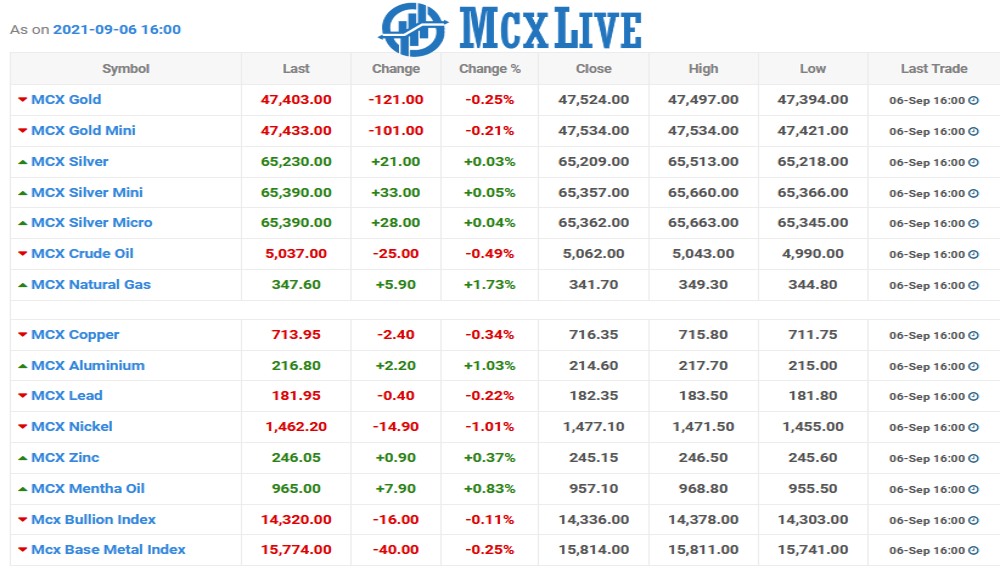
Gold prices hovered on Monday below a 2-1/2-month peak after a disappointing U.S. jobs data signaled that the Federal Reserve could push back the timeline for tapering stimulus measures, bolstering bullion’s appeal as an inflation hedge.
Fundamentals
Spot gold was steady at $1,826.65 per ounce, as of 0048 GMT. In the previous session, prices hit a peak since June 16 at $1,833.80.
U.S. gold futures eased 0.3% to $1,828.60.
Labor Department data showed on Friday U.S. nonfarm payrolls increased by 235,000 jobs last month, below economists’ expectations of 728,000, as hiring in the leisure and hospitality sector stalled amid a resurgence in Covid-19 infections.
The data on Friday pushed the dollar index to its lowest level since Aug. 4.
Fed Chair Jerome Powell had hinted last month that reaching full employment was a pre-requisite for the central bank to start paring back its asset purchases.
Gold is considered a hedge against inflation and currency debasement, caused by massive amounts of stimulus measures.
Euro zone business activity remained strong last month, despite fears about the delta variant of the coronavirus and widespread supply chain issues, IHS Markit’s survey showed, suggesting the bloc’s economy could be back to pre-Covid levels by the year-end.
Physical gold demand across top Asian hubs was largely muted last week as a rebound in domestic prices kept buyers at bay, while dealers in India pinned their hopes on an upcoming festival season to bring in more customers.
Speculators raised their net long positions in COMEX gold and silver in the week ended Aug. 31, data from the U.S. Commodity Futures Trading Commission showed.
Silver was steady at $24.69 per ounce. Prices rose 3.4% in the previous session, its biggest one-day percentage gain since early May.
Platinum fell 0.6% to $1,018.89, while palladium rose 0.2% to $2,428.68.
